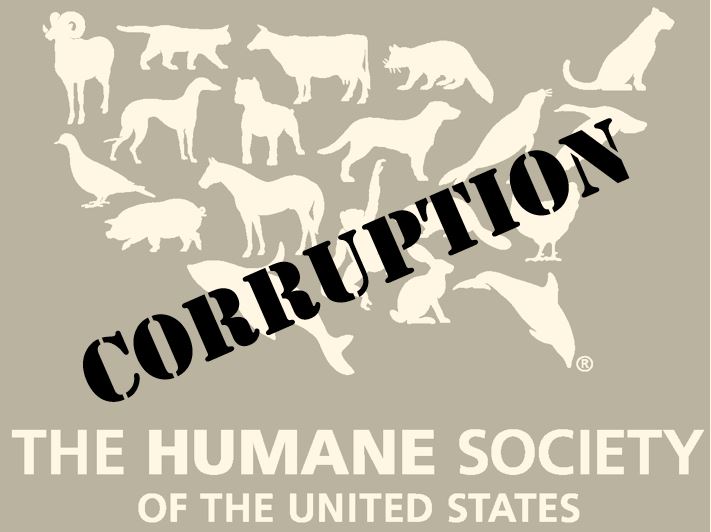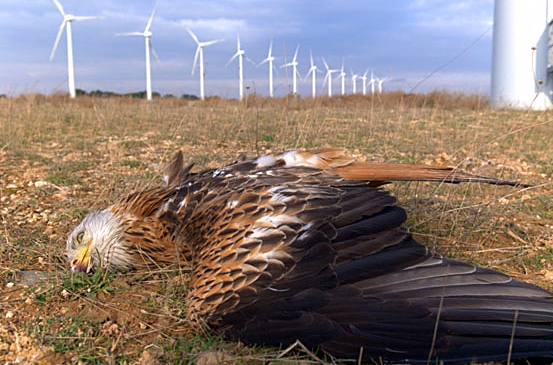Another biological aspect not being discussed, Holyoak said, is the Mexican wolf population in New Mexico and Arizona that has been restored at a high cost to taxpayers. Holyoak said wolves in Montana have spread to surrounding states and will do the same in Colorado. The larger gray wolves would push the Mexican wolves out of the territory they populate currently and also into genetic extinction.
Rachel Gabel
The price of ballot box biology: Forced wolf reintroduction in Colorado
The howl of a wolf in a moonlit forest carries far more romance than the economic blow the forced reintroduction would mean to Colorado taxpayers. Mark Holyoak, director of communication for the Rocky Mountain Elk Foundation, said the economics aren’t being addressed by proponents.
If a ballot initiative were successful, the Colorado Parks and Wildlife department, which is already on record opposing the intentional release of wolves, would have a laundry list of items, all at the expense of the state’s taxpayers and, perhaps, reducing funding elsewhere to foot the bill. According to a fiscal note from the department secured through a public records request, the department would be tasked with developing a plan to restore and manage wolves; host statewide hearings to assist in developing the plan; take the steps necessary to reintroduce wolves by Dec. 31, 2023, on public lands west of the Continental Divide; oversee ongoing gray wolf restoration and management; and assist owners of livestock in preventing and resolving conflicts between gray wolves and livestock, as well as reimbursing owners of livestock for losses caused by gray wolves.
As the gray wolf is designated as endangered under the federal Endangered Species Act, the CPW will only be able to undertake management efforts related to gray wolves with approval from the federal government. Assuming CPW can work with federal agencies to gain the needed approval to implement this initiative, the fiscal note said there will be fiscal impacts to CPW. To meet the requirements of the initiative, CPW would undertake a two-year planning and public outreach period, followed by a five-year implementation process. CPW would then incur annual operating and research costs to manage the ongoing reintroduction program.
In the fiscal note, the CPW projects planning period costs during years one and two to total $790,660; implementation period costs during years three to seven to total $4,115,135; recurring and ongoing costs in year eight and beyond totaling $792,927; with an estimated cost to the CPW over eight years to total $5,698,722.
Holyoak said wolf reintroduction in the Northern Rockies came with the price tag of about $10 million to get wolves on the ground. On top of that, he said, meeting the requirements of the initiative could be impossible since wolves are still federally protected.
Another biological aspect not being discussed, Holyoak said, is the Mexican wolf population in New Mexico and Arizona that has been restored at a high cost to taxpayers. Holyoak said wolves in Montana have spread to surrounding states and will do the same in Colorado. The larger gray wolves would push the Mexican wolves out of the territory they populate currently and also into genetic extinction.
HUNTING, RECREATION
The potential impact on hunting and recreation is likely to mirror those seen in the northern Rockies with reduced populations of deer, elk and moose herds.
“If you look at central Idaho, the Lolo Zone, in 1992 there were approximately 10,000 elk there, one of the great established herds at that time,” Holyoak said. “By 2017, the size of that herd was less than 1,900. That’s not solely wolves but that’s adding wolves to a predator mix that’s almost a full menu of predators plus some habitat issues as well. It certainly didn’t help the situation.”
In another area of central Idaho, the North Fork of the Clearwater, 16,000 elk were established in the 1980s, wolves were reintroduced in 1995, and the 2010 herd was 2,000. Where elk numbers are reduced, there is less hunting, fewer licenses sold, and less revenue both for conservation and for the small businesses that count on in- and out-of-state hunters to support their businesses.
Free Range Report
Thank you for reading our latest report, but before you go…
Our loyalty is to the truth and to YOU, our readers!
We respect your reading experience, and have refrained from putting up a paywall and obnoxious advertisements, which means that we get by on small donations from people like you. We’re not asking for much, but any amount that you can give goes a long way to securing a better future for the people who make America great.
[paypal_donation_button]
For as little as $1 you can support Free Range Report, and it takes only a moment.



